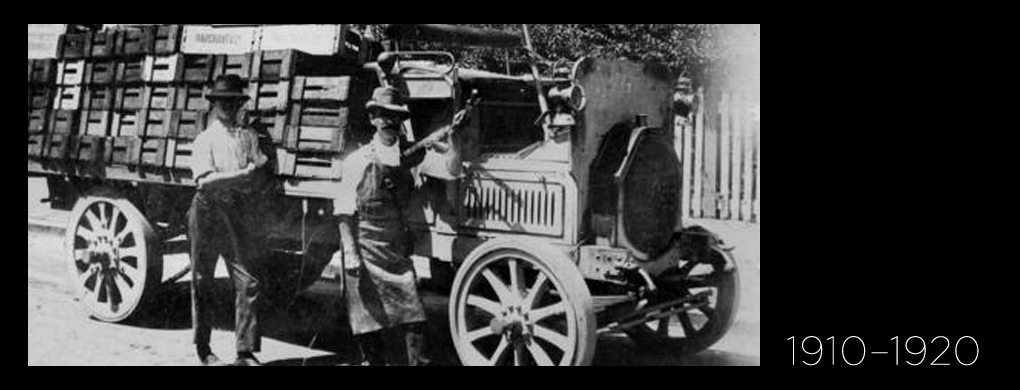Collingwood Technical College commences with the ringing of a cowbell

One early July evening, in Johnson Street, Collingwood 1912, a newly appointed teacher of mathematics and mechanical drawing, knocked on the door of his School Principal, Matthew Richmond, to ask a key question:“We have a school building Mr Richmond, but we have no students. What are you going to do?” asked new teacher, Alexander Strang.
Matthew Richmond, Principal of the first Education Department technical school in Victoria, Collingwood Technical School, continued to write in his minute book. Then he rose, walked over to a corner of his little office, and picked up a very large cow bell. Without making any remark, he walked out and down what was left of a tar paved path, to the street.
When he reached the street, he walked up and down the pavement ringing the cow bell most vigorously, making a tremendous noise. This caused people along both sides of Johnston Street, between Smith Street and Wellington Street, to open their doors and windows and look out.
About a dozen lads standing at the corner of Budd Street and Johnston Street, became very curious about the noise, and came across to see what was going on.
These lads of Collingwood didn’t know how lucky they were when they were startled by this man ringing a cow bell loudly along Johnston Street in July 1912.
Mr Richmond assured them that there was nothing to be alarmed about, but he wanted to speak to them, and tell them that the Education Department had opened a Technical School in Collingwood for boys like them, where he would teach them trade drawing and practice, and mathematics applied to trade work. “The first night is free and should you wish, you can continue for a modest fee of seven shillings and sixpence ($15) per term.”
Ten of the boys decided to give the school a try and went along that first evening.
Parents were also encouraged by publicity and the School Prospectus, to give Collingwood Technical School (Number 22) their best attention and consideration.
“Parents, don’t let your boy drift as soon as he has left the primary school. He will acquire habits that will ruin his life,” warned the School’s first Prospectus.
“It is your duty to set him on the right track and give him a chance to develop his powers. The course of work at our school will enable you to judge what line of work he will make most progress in. Our school will teach subjects to make boys practical and employable; we will give them an education in English and mathematics; they will learn what it is to be a good citizen of this great country of ours. Do not delay. Your boys’ future depends on the choices you will make for them.”
During the early years of the School, Squizzy Taylor, (the Collingwood gangster), was running illegal brothels and sly grog stores around Collingwood and Fitzroy, and occasional gun battles between rival gangs broke out on the streets. He was accused of extortion, armed robberies and murder, but ran a lucrative business fixing juries and usually got off. Local lads admired his derring-do and some wanted to be part of the action.
Although Collingwood was an area with high unemployment, damp, dark housing, many absent fathers and a reputation for loud, loutish behaviour on the streets, Collingwood Tech soon gained a reputation for ‘civilising’ rough boys, and teaching them politics and football as well as trades. Three weeks after that first evening, 57 students were enrolled, some attending night classes after long days where they started with a paper round at 6 am.
A century of technical education had begun in Collingwood with the loud ringing of the cow bell by Principal Richmond. The school responded to two world wars, the Great Depression and the evolving needs of industry. The service given to the unemployed, defence industries and the rehabilitation of returned servicemen, made Collingwood a leader in technical education in Australia.
Matthew Richmond, a softly spoken gentleman who knew his boys and mixed with them, remained the principal until 1930, when he retired at 65 years of age. His successor was one of the original teachers of the School, the one who had asked that very important question in 1912, Alexander Strang.
References
Collingwood Technical School Prospectus, 1913-30 (as presented to School Principal, Matthew Richmond Esq upon his retirement). Education Department, Victoria. Du Rieu & Co., Printers, 9 Johnston Street Collingwood.
Strang, Alexander. Quoted in Scott, Ian D. ‘COLTECH: a story of technical education in Collingwood, 1870-1987.’ Melbourne, Collingwood College of TAFE, 1988.